Emotional intelligence (EI) refers to a person’s ability to recognize and understand their own emotions and the emotions of others, and to use this awareness to manage their own behavior and relationships effectively. Research has shown that individuals with high EI tend to have better social relationships, are more resilient to stress, and are more successful in their personal and professional lives. As a result, many organizations are using tools like the EQ-i to identify and develop the EI of their employees as a way to improve team performance.
The EQ-i is a psychological assessment tool that measures a person’s emotional intelligence. It consists of a self-report questionnaire that assesses a person’s emotional self-awareness, emotional self-regulation, self-motivation, empathy, and social skills. The EQ-i provides scores in each of these domains, as well as an overall score, which can be used to identify areas of strength and areas for development.
So, how can the EQ-i be used to build high performance teams in the workplace? Here are some examples:
Assessing EI: The EQ-i can be administered to team members to identify their strengths and areas for improvement in EI. This can help to identify specific EI competencies that may be lacking within the team and provide a starting point for development. For example, a team with low scores in the “emotional self-awareness” domain may benefit from activities that help team members become more aware of their own emotions and how they impact others.
Team building: The results of the EQ-i can be used to facilitate team building activities that focus on improving EI competencies. For example, a team with low scores in the “empathy” domain may benefit from activities that help team members develop their ability to understand and respond to the emotions of others. These activities could include role-playing, discussion groups, or even training programs that focus specifically on developing empathy skills.
Conflict resolution: The EQ-i can help team members understand the emotions that underlie conflicts and find ways to effectively manage and resolve them. For example, a team with high scores in the “emotional self-control” domain may be better equipped to handle conflicts without becoming overly emotional or reactive. This could involve training in conflict resolution strategies, such as active listening, seeking to understand the other person’s perspective, and finding common ground.
Communication: The EQ-i can help team members improve their communication skills by increasing their awareness of the emotions of others and adapting their communication style accordingly. This can lead to more effective and positive interactions within the team. For example, a team with high scores in the “social skills” domain may be more adept at building relationships and working effectively with others.
In addition to these examples, there are many other ways in which the EQ-i can be used in the workplace to build high performance teams. Some organizations may choose to use the EQ-i as part of their hiring process, selecting candidates who demonstrate strong EI competencies. Others may use the EQ-i to identify potential leadership candidates within their organization, as research has shown that individuals with high EI tend to be more effective leaders.
It’s important to note that the EQ-i is just one tool among many that can be used to build high performance teams. Other strategies that may be effective include team building activities, training programs, and ongoing support and coaching. By taking a holistic approach to building high performance teams, organizations can create a positive and supportive work environment that fosters growth.




